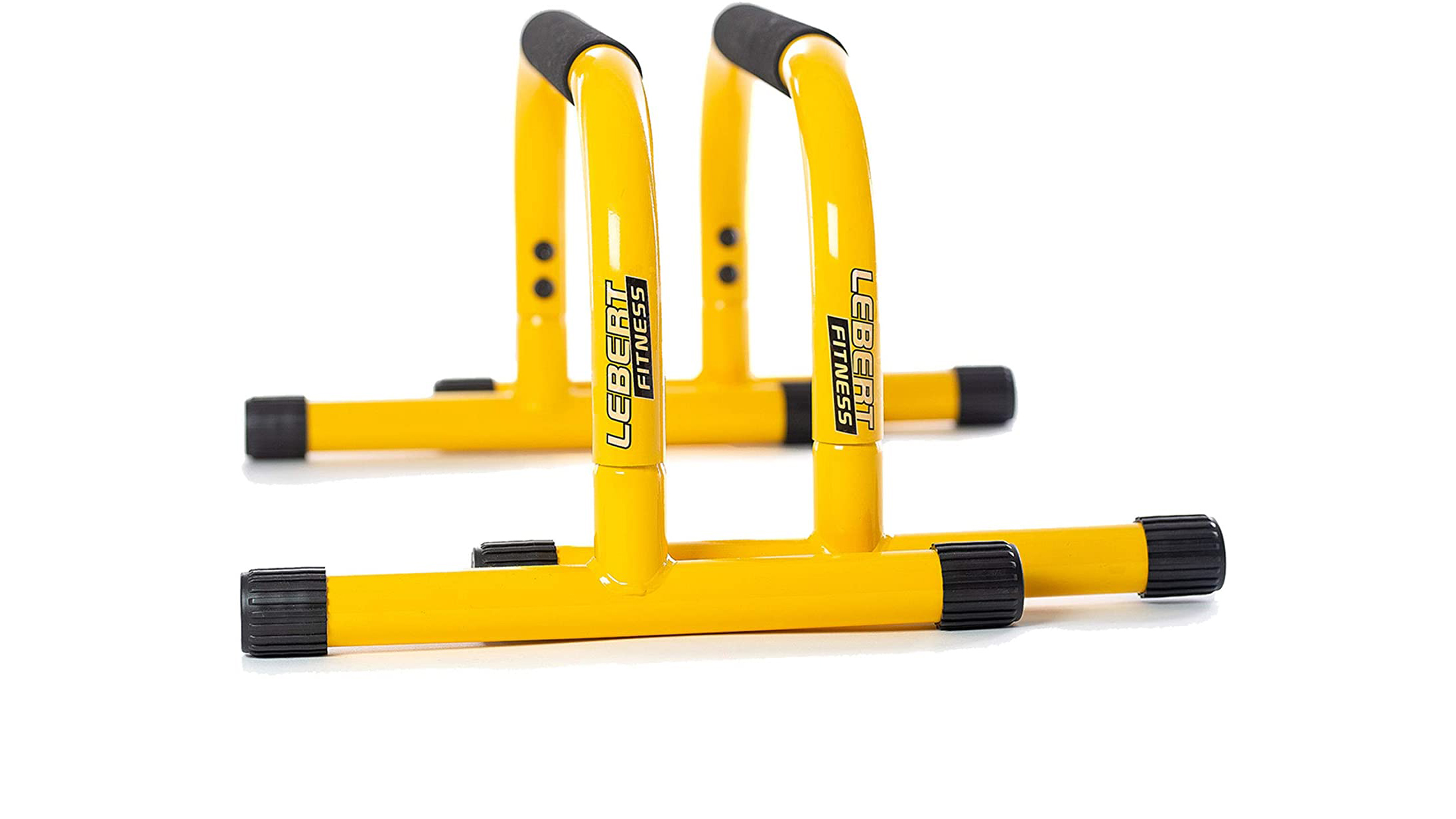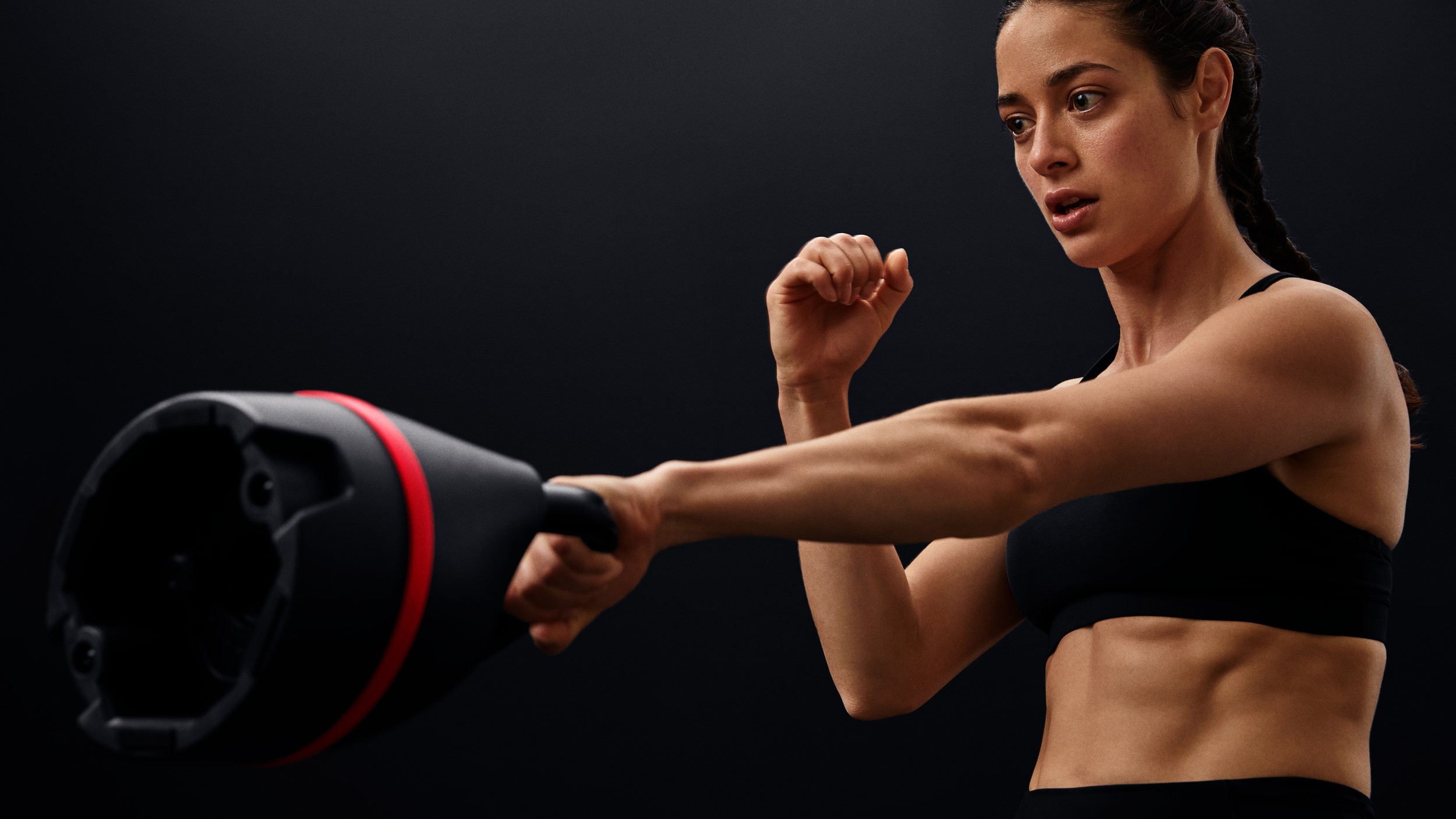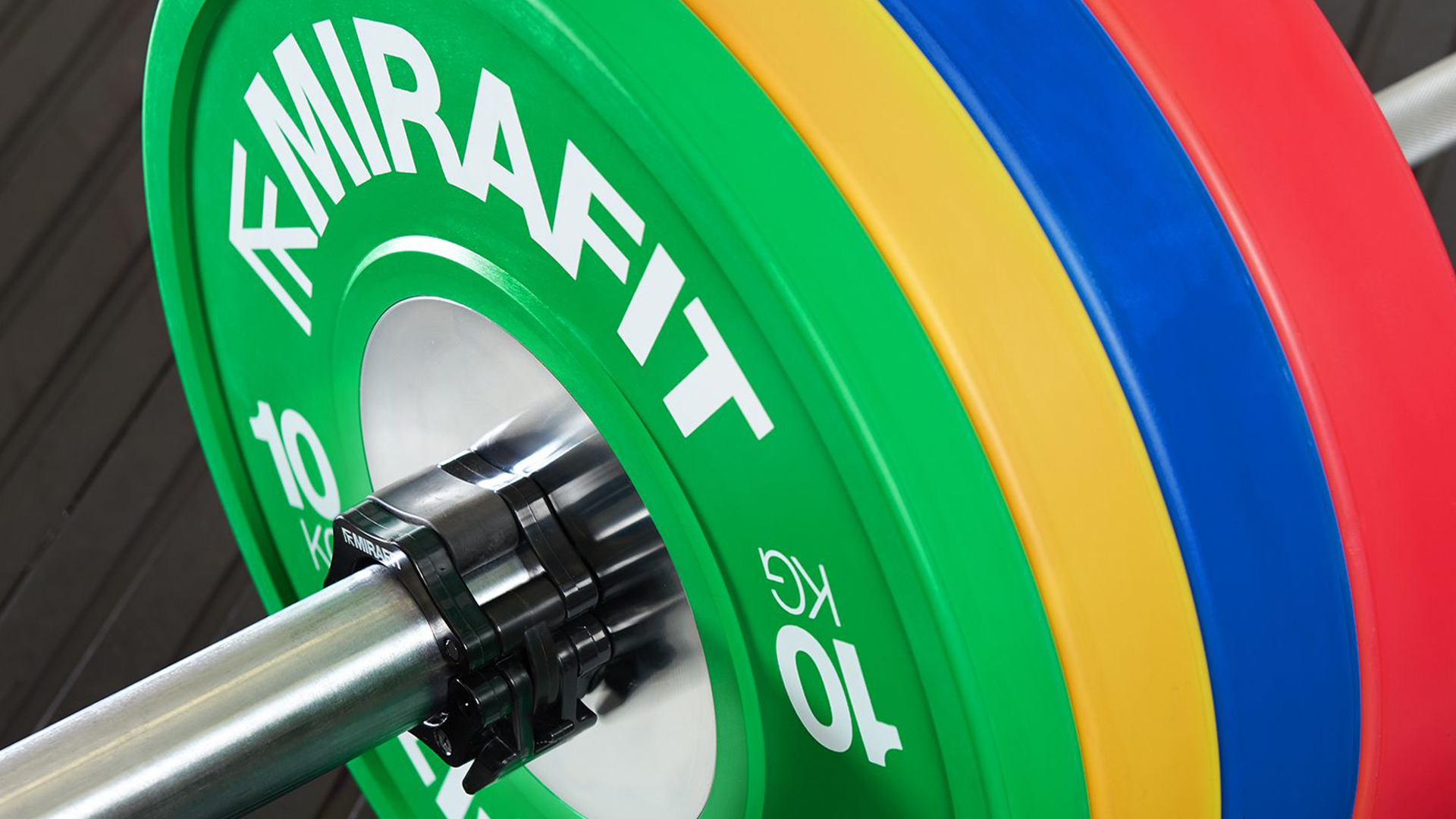6 pieces of gym equipment I wasted money on (and what to get instead)
Don't make the same mistakes I did when setting up your new home gym


It's nearly January, which means many people will start thinking about getting fit for the new year. This also means that many of you will consider buying home gym equipment; after all, you can't get fit without the proper equipment, am I right!? Well, even if you end up buying a set of dumbbells or new running shoes, don't make the mistakes I did.
I've been testing and reviewing home gym equipment for years. I came across some of the most awesome gear known to men but also wasted a lot of money on weights, accessories and other types of equipment. This is due to me thinking I'm smarter than everybody else and buying stuff everybody else said wasn't a good idea; at other times, I gave in to the hype and purchased surplus items I really didn't need for the workouts I do.
My home gym isn't complete – it never will be – and I'm planning on adding a few more bits to it this year, like a new E-Z bar and a power rack, now that I have a dedicated space to store my equipment and do my workouts. All the equipment I wish I didn't buy is listed below; I also share what gear I should've bought or what equipment I bought since then that is a much better option for me. If you're planning on buying home gym equipment, have a look at T3's best home gym equipment guide; it has anything on it, from treadmills to fitness trackers, plus links to all our thematic buying guides.
1. Gymnastic rings
I love bodyweight exercises; push-ups and pull-ups are my favourites. I like squats, too, but I like the weighted variety. During the lockdown, I used to do a lot of bodyweight workouts, and at the time, I didn't have a lot of space. I had a pull-up bar, though, and thought it was a brill idea to buy a couple of inexpensive gymnastic rings to up my pull-up game. I soon realised that door pull-up bars don't go well with gymnastic rings, and unless you have a warehouse-sized workout space, you won't be able to use these otherwise excellent workout tools.
What to get instead: I never had any issues with my pull-up bar, and there are many ways to improve pull-up training without using gymnastics rings. I can use a weighted vest to add more resistance, switch tempo, number of sets and reps, or grip position.

2. Parallettes
At the same time I invested in gymnastics rings, I also bought a pair of parallettes. These small u-shaped tools can be set down on the floor to give you a more neutral wrist position during push-ups. Gymnasts use them often, not for push-ups, but for stuff like L-sits. Parallettes aren't expensive; however, for most people, they aren't too useful, either, unless you do push-ups and L-sits all day, every day.
What to get instead: you can use hex dumbbells instead of parallettes for push-ups. These dumbbells allow for a neutral wrist position, and you can also use them for other exercises, unlike parallettes. You'll find many options in our best dumbells guide.
Get all the latest news, reviews, deals and buying guides on gorgeous tech, home and active products from the T3 experts
3. Ab rollers
I don't mind ab rollers; I'm a big fan of the model listed in the number one spot in our best ab roller guide, the Perfect Fitness Ab Carver Pro. I bought one during the pandemic to help me train my core and used it quite often at the beginning. Sadly, once you master ab rollouts, there is little you can do with them, as they really are only suitable for this one exercise.
What to get instead: ab rollers aren't expensive, so if you fancy trying one out, by all means, buy one. However, there are plenty of bodyweight exercises you can use to train your core, including planks, to name the most obvious option. You can also use resistance bands to train your core (e.g. resistance band good mornings).

4. Adjustable kettlebell
The Bowflex SelectTech 840 Adjustable Kettlebell was one of the first home gym equipment I tested and reviewed for T3; I love its versatility and space-saving qualities. That said, Ever since I bought a pair of 16-kilo (35 Lb.) cast-iron kettlebells, I hardly ever use the Bowflex since the type of exercises I prefer doing with this home weight are best performed with them. There is no need for so much variety in your kettlebell training—just get one heavy-ish kettlebell and get on with it.
What to get instead: I gave it away in the paragraph above, but what you need instead of an adjustable kettlebell is a cast-iron kettlebell. Cast iron kettlebells are sturdy and feel right in the hand; I use them for kettlebell swings, jerks and cleans. Plus, adjustable kettlebells feel slightly unsafe to use for kettlebell get-ups. Check out the best kettlebells.
5. 'Smart' resistance bands
Smart resistance bands are everywhere. These Bluetooth-enabled home gym equipment connect to your phone and provide you with plenty of stats about your workout. Via these apps, they can often recommend workouts; not to mention, they cost way less than adjustable dumbbells, so you might think they are a good alternative. The truth is, they aren't—they are often overpriced sets of elastic bands with patchy smart functionality. Not to mention, resistance bands offer gradual resistance, which doesn't provide the smoothest workout experience.
What to get instead: Get a set of standard resistance bands you can use for pull-ups. These thicker bands can provide plenty of resistance and can be used for various exercises, including push-ups, lateral raises, bench presses and more. Check out the best resistance bands.

6. Cast-iron weight plates
Adding a barbell to my home gym setup was the best idea I ever had. The best barbells provide a workout experience no other home gym equipment can recreate. Sure, you need a weight bench with a rack to do bench presses and maybe a squat rack for, well, squats, but until you have a barbell in your arsenal, you can't say you take home workouts seriously. What you don't need, though, are cast-iron weight plates; they are clunky, unsophisticated and can damage your floor/furniture.
What to get instead: Instead, invest in a decent set of bumper plates. These are usually covered in rubber, making them wider and less consistent in weight (two 45 Lb bumper plates could be 44 and 46 Lb.). In return, they are quieter and often colour coded, making it easier to select the right ones for your workouts. Most meatheads will argue that weight plates are slimmer and, therefore, you can stack more plates on the barbell, but from an average exerciser's point of view, this is the stupidest advice anyone can give you. Check out the best weight plates.

Matt Kollat is a journalist and content creator who works for T3.com and its magazine counterpart as an Active Editor. His areas of expertise include wearables, drones, fitness equipment, nutrition and outdoor gear. He joined T3 in 2019. His byline appears in several publications, including Techradar and Fit&Well, and more. Matt also collaborated with other content creators (e.g. Garage Gym Reviews) and judged many awards, such as the European Specialist Sports Nutrition Alliance's ESSNawards. When he isn't working out, running or cycling, you'll find him roaming the countryside and trying out new podcasting and content creation equipment.